
I’m sure that sedentary and bad posture are common problems in everyone’s life, and most people’s feedback on this situation is just their feelings such as sore shoulders and hardback. And do not understand the bad harm it brings, keeping a posture for a long time will lead to their back over-exertion, and when switching positions leads to stiffness or pain thus bringing the following harm.




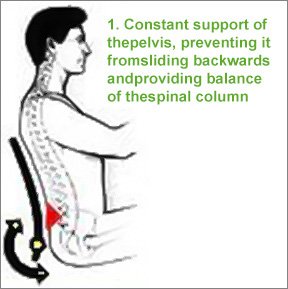
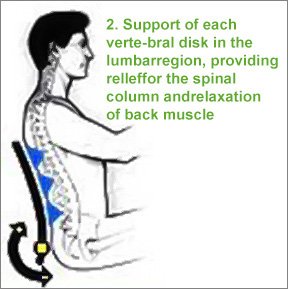

With all of the above problems, we should all take our health seriously, so being concerned about being unhealthy and taking defensive measures makes it an indispensable part of our lives. Lumbar supports such as lumbar pads, belts, and ergonomic chairs are designed to provide extra support and comfort, and the main roles and benefits include:



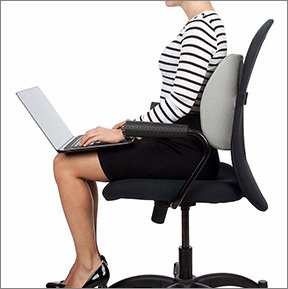
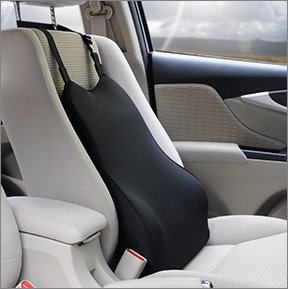
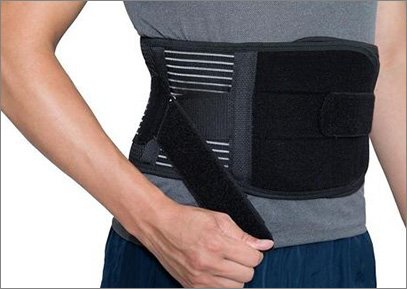
Chair cushions are often made of foam, memory foam, or gel and covered in fabric. Their main purpose is to support the lumbar region more than the back of the chair. Its advantage is that it’s lightweight, portable, and comes in a range of materials and designs to suit a variety of demands. On the downside, it requires multiple adjustments to move while in use, and it won’t fit in all chairs.
The purpose of car lumbar support is to support the lumbar region of drivers and passengers during driving. It is primarily made of breathable fabric with cushioning consisting of memory foam or high-density foam. Long-term use will cause deformation and loss of support, and it is not compatible with all car seat designs. Nevertheless, it is easy to install and can effectively relieve fatigue and discomfort when driving for extended periods.
A wearable support device that offers flexible lumbar support is called an adjustable lumbar support belt. Typically, it is composed of breathable fabric and elastic material. It is characterized by greater flexibility, providing individuality, and better breathability, and can be used in a variety of ways; however, the wearing time is longer, and prolonged wear will produce a sense of constriction.
4. Memory foam lumbar support
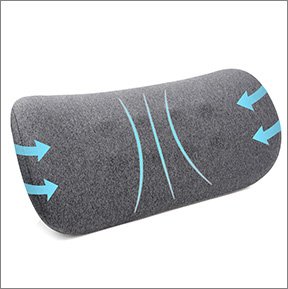
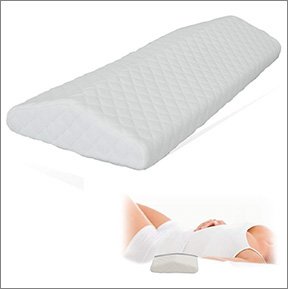
Memory cotton lumbar support as its name suggests, the use of high-density memory cotton, with excellent support and decompression effect, can be restored to its original shape, and will not be deformed for long periods; but his breathability is weak, and prolonged use will produce a feeling of stuffiness, which, on the contrary, has become its advantage in cold climates.








The selection and proper use of lumbar support tools can be effective in improving low back health and quality of life. By choosing the right type for your needs, and considering the material and comfort level, you can find lumbar support tools that can help you. Readers who have experienced it are welcome to share their feedback and opinions to help others make a more informed choice and improve their lower back health.


2nd Floor, Building 10, jiangxin 1st Road, Dali Town, Nanhai District, Foshan City, China

008613925096385
+86 020-81336228

008613925096385

+86-13925096385

admin@jympillow.com

9:00 AM to 6:00 PM Beijing Time
Foshan JYM Tech Ltd
Tel: 0086 20-81336228
Phone: 0086 13925096385
E-mail: admin@jympillow.com
